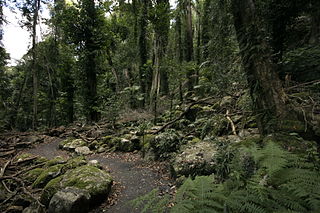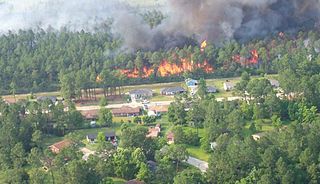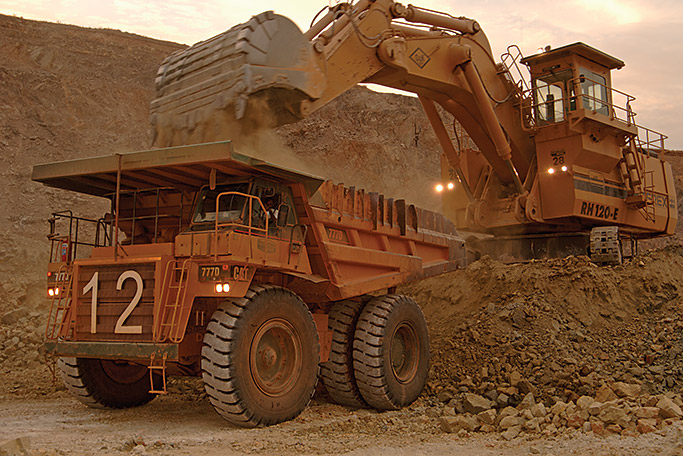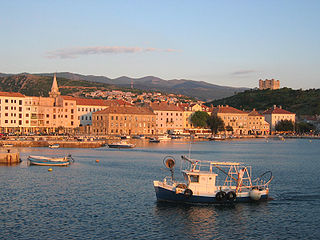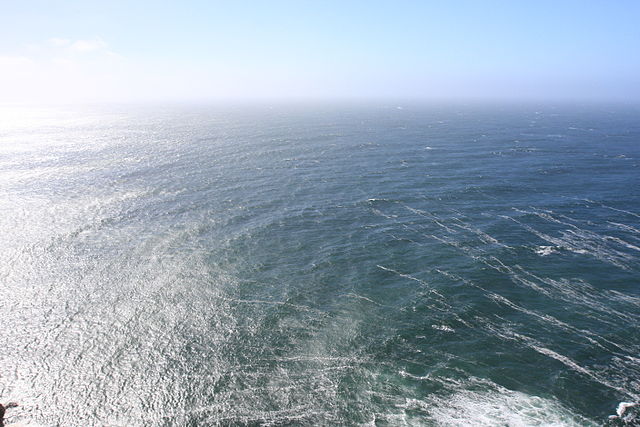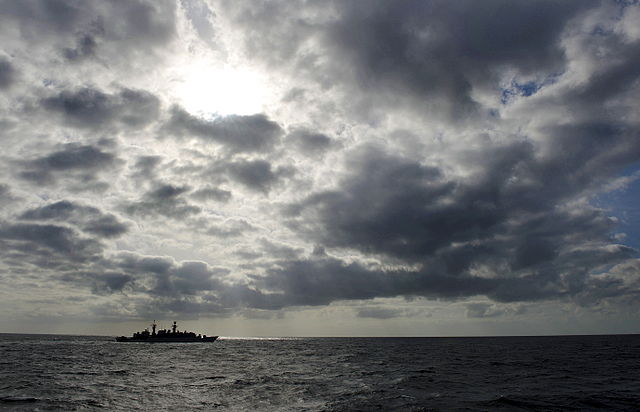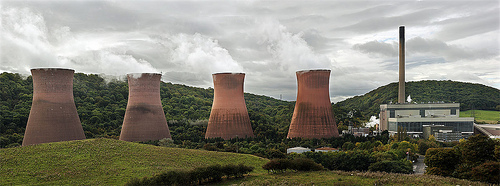This article on Eurekalert.org explains how loss of habitat, rather than pesticide use, is behind the decline of grassland birds worldwide:
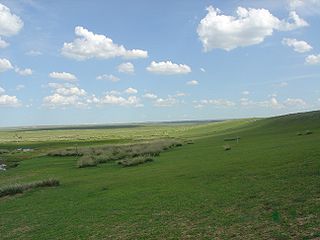
Habitat loss has impacted grassland bird species worldwide.
(Image credit)
Last year, a pair of researchers linked the drop in the populations of grassland bird species, such as the upland sandpiper and the Henslow’s sparrow, to insecticide use, rather than to a rapid decline of grasslands, a more commonly accepted theory. However, after re-examining the data, Penn State and U.S. Department of Agriculture researchers now believe that the loss of habitat continues to be the best explanation, said Jason M. Hill, a postdoctoral research associate in ecosystem science and management, Penn State.
“Many people think of grassland loss as something that happened long ago in North America, but the amount of grassland lost since the 1980s is absolutely staggering, whereas the insecticide use greatly declined prior to the 1990s,” said Hill.
The researchers cited earlier studies that documented a loss of approximately 97,000 square kilometers — an area larger than the stats of Indiana — of grasslands in the U.S. between 1982 and 1997 primarily due to the expansion and intensification of agricultural practices.
(Break)
“Grasslands and grassland-obligate species are declining not just across North America, but across the globe,” said Hill.
To read more about the changing world and what you can do to prepare, visit: www.greatwavesofchange.org

